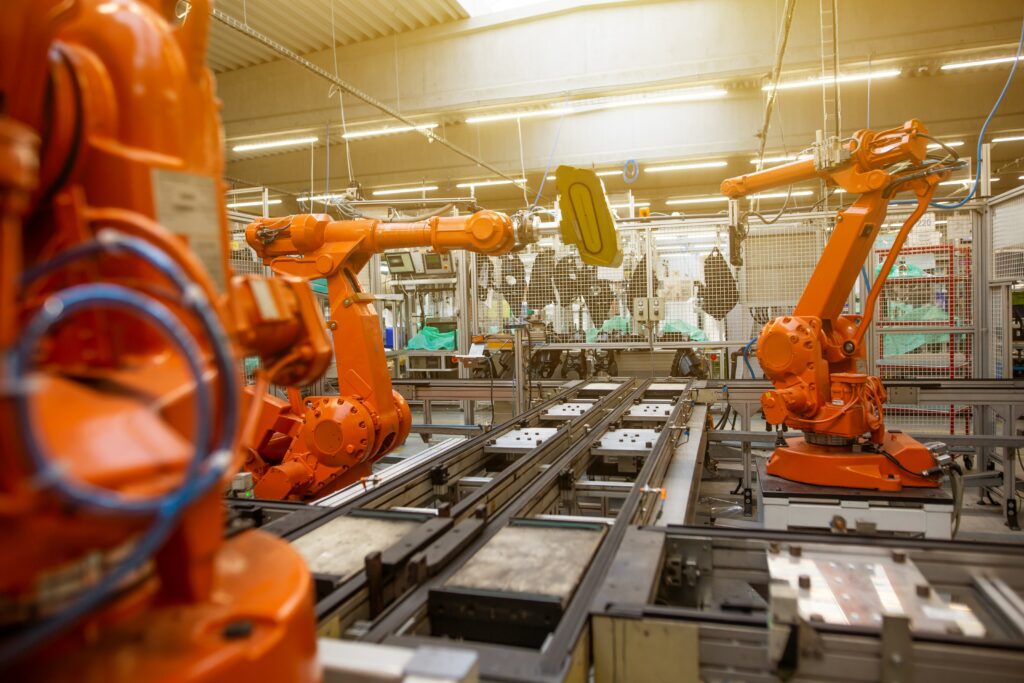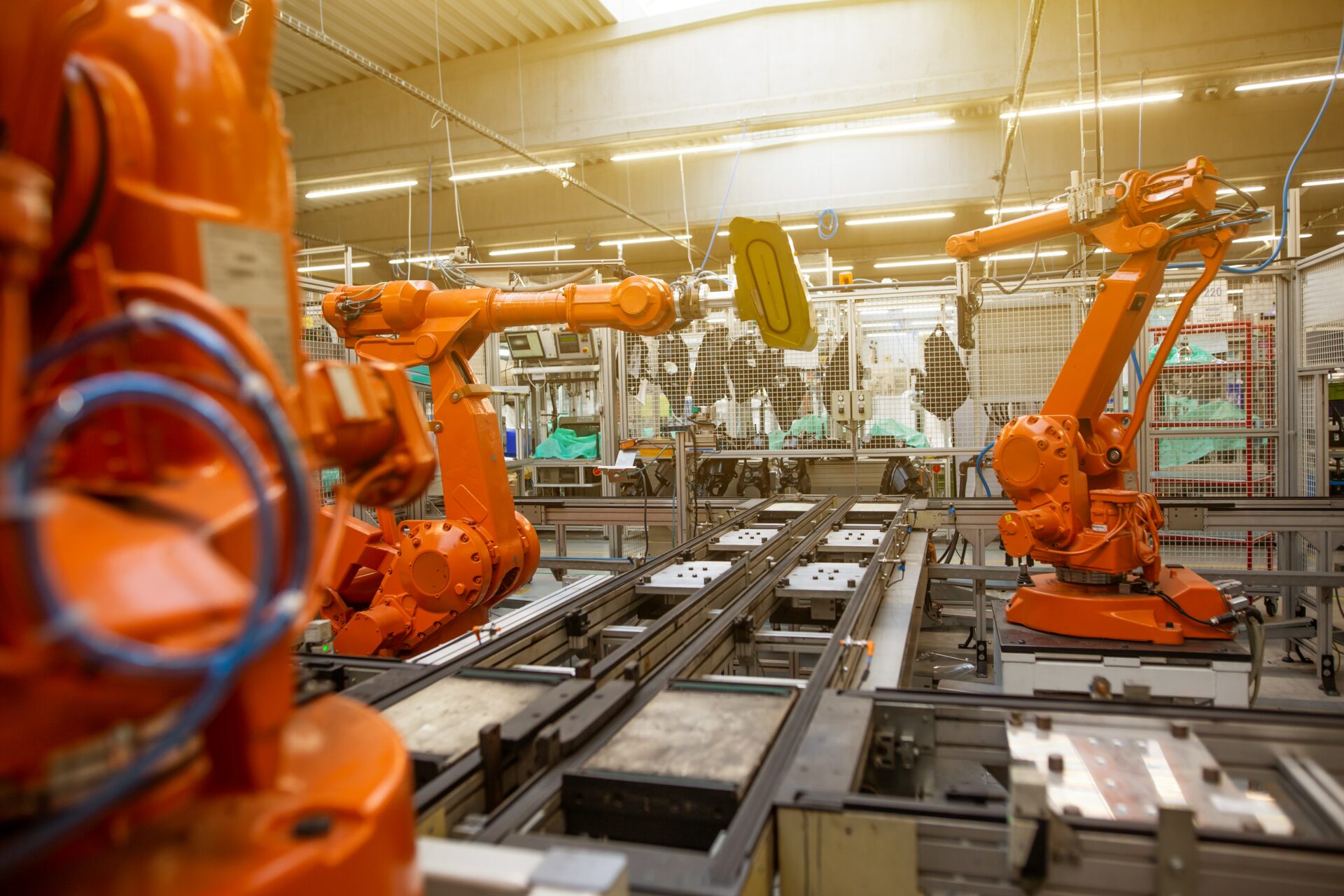
Machinery is vital equipment needed for a business. Particularly, if your business is involved in production operations you cannot do with machinery. The pieces of machinery you own are assets, and they can help you when you need money. Your business may have a sudden requirement for cash, and you may not be able to raise funds from other sources.
In such a case, you can use your machinery to raise funds. But wait a minute, if you sell your machinery how will you continue your work? This is where a machinery leaseback can be helpful. The machinery will continue to be with you, and you can use it for your business needs. A sale leaseback with a lender will help you make this convenient arrangement
Small businesses that have costly machinery and need funds can use a machinery leaseback to get money. It is a convenient financing option for businesses. If this option interests you, then read on to know more about how it works.
What is a machinery leaseback?
A machinery leaseback is also known as a sale-leaseback and is a source of business financing. The machinery your business owns is expensive and is an asset. You can use these assets to raise funds to meet your cash flow needs. The best part of this leaseback arrangement is that the equipment will not leave your business premises.
It is like a home loan. The home remains with you, and you can stay in it. You can repay the loan taken over a period. Failure to repay would result in the home being taken over. The same concept holds good. The machinery would remain in your control, and you can use it for your operations. If you fail to pay back the loan, the lender can take over the machinery.
The machinery leaseback is a flexible arrangement that lenders offer. While sale-leasebacks are common in the real estate sector, not many businesses are aware of them. Businesses that own machinery can use the leaseback arrangement to raise funds.
Why choose a machinery leaseback?
The principal reason you should consider a machinery leaseback is to manage your cash flow effectively. When you need money, you can use the machine you own to generate funds. By doing this, you not only get the cash you need but also retain the equipment with you.
- This option is convenient if you don’t have a line of credit to get funds. When you need money for capital or any other need, you can use your existing machinery assets to get financing.
- If you apply for a loan, then you need to have good credit. But for machinery leaseback, there is no credit requirement. New businesses find it difficult to get loans, but a leaseback is easy. This method is convenient for the lender and hence they would offer this arrangement to any business that needs it.
- A machinery leaseback is a tax-friendly measure. You can categorize the payments made to the lender as operating costs. This will allow you to get tax benefits from this arrangement.
- If you choose a line of credit, it is a short-term arrangement. You won’t get too much time to repay. But with a leaseback, you will get a longer term for repayment. Further, the interest rate would be lower. This is particularly convenient for small businesses, helping them to raise funds easily.
- The many benefits of such an arrangement make it beneficial for businesses. Before you opt for this program, it is important to also know the drawbacks.
The program works with you selling the equipment to the lender and the lender leasing it back to you. The machinery belongs to the lender. If you default in making payments, the lender can repossess it and sell it.
If the machinery is fairly new, then the financing you raise from this will be sizeable. If the equipment is older, then you will get a lower amount. The valuation of the machinery is done at its liquidation value (what it will fetch when auctioned). You should reasonably expect to get 50% of the machinery through this program.
What this means is that if you need a loan of $50,000, then you have to pledge machinery worth $100,000. If you don’t have machinery of that value, then this sale-leaseback won’t work.
How does this arrangement work?
So, how to get a machinery leaseback? Now that you know more about this arrangement, it is time to understand how it works. The following explains how you can enter into this arrangement.
1) Who will offer financing?
Many financing or lending institutions will be interested in offering financing. They will be ready to enter into this arrangement with you, so you can get the money you need. The first thing you need to do is find a financing company that is willing to enter into this arrangement. You can get in touch with various financing companies and let them know your requirements. Shortlist the ones willing to work with you. Compare their terms and choose the firm that offers the best terms.
2) What are the prerequisites for a machinery leaseback?
The following are the prerequisites for you to raise financing through a machinery leaseback.
- The key consideration is you need to have machinery with you that is valued at least 200% of the amount you need. As explained above, if you raise $50,000 you need machinery that is valued at $100,000.
- You must know the purchase price of the machinery is not the value. The value is decided based on its liquidation value. This would be lesser compared to the market price. Depreciation and other factors need to be taken into account.
- An important requirement is that the machinery must be owned by you. There must be no lien on the machinery. If you had purchased it on loan, the loan must have been cleared.
- Machinery that is old and has no market value is unlikely to be considered by the financing partner.
- Machinery that has too many little parts may not be considered valuable.
- Before going ahead, the lender would ask themselves if the machinery value would equal the cost of repossession, remarketing, and resale.
- Some lenders may also consider your financial strength. If they are not convinced about your ability to repay the amount, they may not want to enter into the arrangement.
3) How does the machinery leaseback work?
The machinery leaseback arrangement is a very flexible way of arranging financing. A similar arrangement in real estate would be quite complicated. However, it is simpler in the case of machinery. The machinery you own would become collateral. A machinery lease agreement has to be signed with the lender.
As per the terms of the agreement, the lender would become the owner of the machinery. The lender would then offer it to you on lease. This could be either an operating lease or a capital lease. It depends on the terms of the agreement as mutually decided. Most lenders would discuss with you and work out a mutually beneficial arrangement.
The following are things you need to know about the machinery sale agreement:
- Finalize a lender and work out the terms. Ensure the agreement is properly drafted and study the terms carefully. Ensure the terms are suited to your requirements.
- Before the agreement is drafted, the lender would value the machinery. The valuation is the basis for the agreement. Since you will get only 50% of the equipment value as a loan, you need to choose the machinery properly.
- As per the agreement, you would be selling the machinery to the lender. The lender would then immediately lease back the machinery to you. This ensures the machinery remains with you for your use.
- You will need to make lease payments to the lender. You are now the lessee of the machinery, while the lender becomes the lessor.
- The fixed lease payments are decided based on negotiation. Try to ensure you get a favorable payment amount and term of payment. The term would be longer compared to other financing methods. This gives you a longer time to repay the amount.
- You need to find out if the loan is structured as a capital lease or an operating lease. If it is a capital lease, it will show up on your balance sheet. Talk to your accountant and understand the implications before you go ahead with it.
- Once the agreement is signed, it comes into effect. You are now the lessee and need to start paying the monthly lease amount. Ensure you pay the amount on time. Defaulting can result in the lessor repossessing the machinery. This can be disastrous since they will auction the equipment, and you will lose control of it. Plan your finances carefully, so you can make the payment on time every month.
- Once the term of the lease is over, your options include:
- Renewing the lease.
- Returning the machinery to the lessor.
- Buy it back after negotiation.
- If it is a capital lease, you will become the owner of the machinery again, with no obligations.
